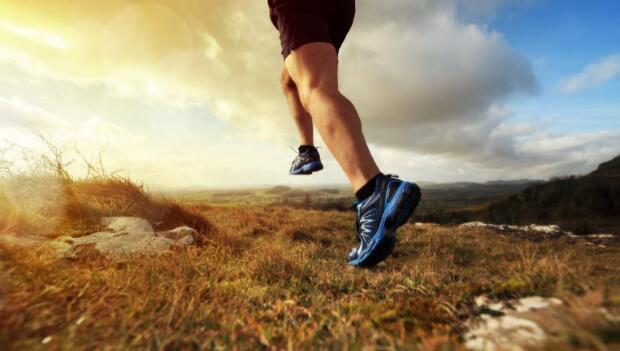
Whether you're a beginning runner or an elite marathoner, the single most important factor to your success on the roads or trails is your choice of shoe.
That's especially true if you're attempting trail running for the first time.
Choose a shoe that is poorly made, doesn't fit properly or is inappropriate to the terrain you plan to run on, and you're probably headed for disaster.
Why Can't I Use What's in My Closet?
While your road running shoes are probably sufficient enough for groomed trails or fire roads, any treks into more rugged terrain will require a trail-specific running shoe. (The right shoe will ensure that you remain healthy enough to enjoy all that summer has to offer.)
Here's a quick breakdown of what constitutes a trail running shoe, and how to choose one that's right for you.
Trail Shoes vs. Road Shoes
The main difference between road shoes and trail shoes is their composition. Shoes designed for road running are generally made of lightweight material to encourage speed and responsiveness. The need for traction on paved roads is minimal, so the treads of road shoes are thin.
Trail running shoes are traditionally heavier and designed to support and protect the foot on rugged terrain. These shoes offer durable soles with more aggressive tread patterns to defend against rocks, sticks and other obstacles one might encounter on the trails.
More: 5 Reasons to Try Trail Running
It's in Your Sole
The soles of trail shoes are wide and close to the ground to provide support on uneven surfaces, preventing the ankle from twisting when the foot comes down on bumps or rocks on the trail.
In addition, most trail running shoes offer a protective toe bumper to guard against stubbed toes, and some also include a thick insert between the midsole and outsole to defend against bruising caused by stepped-on debris.
Depending on your running style and the ruggedness of terrain, you may choose to wear a hybrid, conventional or minimalist model of trail running shoe.
But which one should you get?


